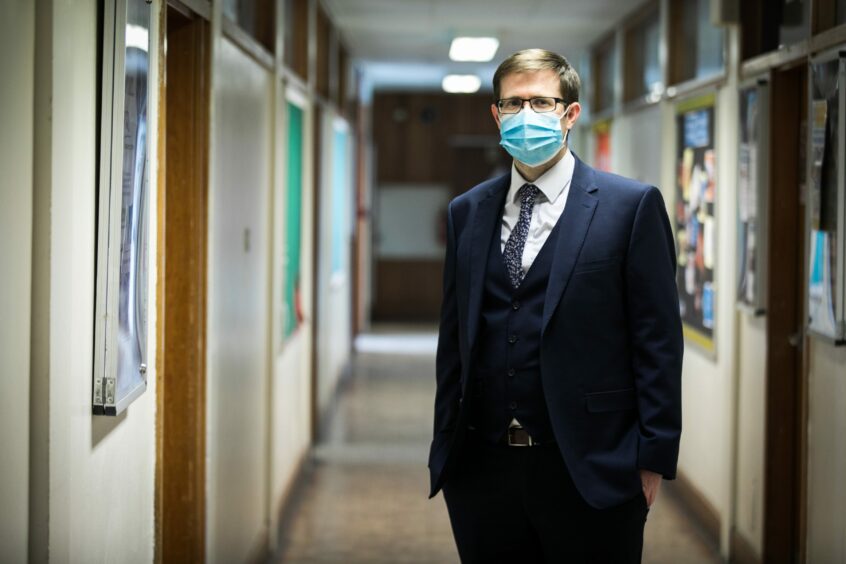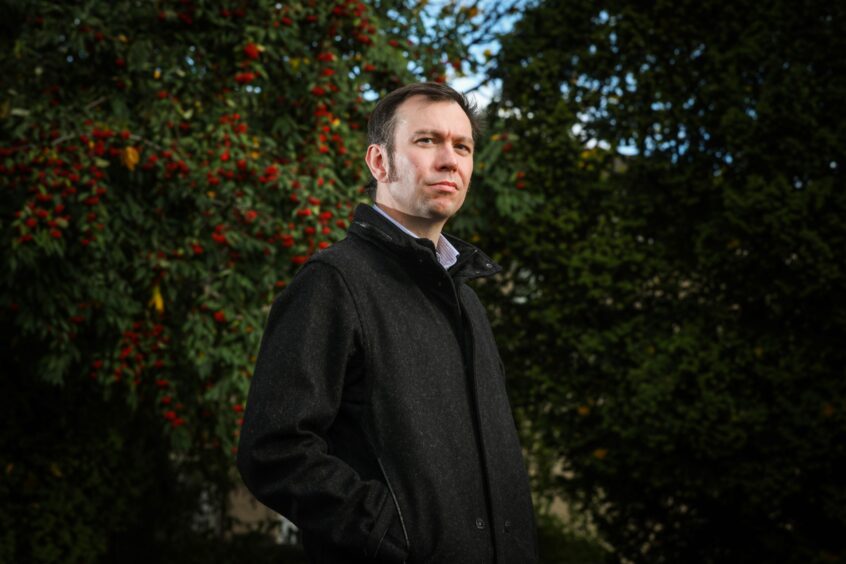Pupils and staff will be allowed to attend schools and education settings with mild respiratory infection symptoms, including Covid.
A change to Scottish Government regulations advises that only those with fever AND Covid symptoms, or if they have severe symptoms, will have to ‘stay at home’ from Sunday May 1.
Teaching union reps have slammed the new requirements, saying they could impact students’ exams and that teachers already feel unsafe in their work without face masks or regular lateral flow testing.
The new advice states that people who do not feel well enough to go to work or school, or carry out normal activities should stay at home. They will no longer be required to take a PCR test.
But those with mild symptoms such as a runny nose, sore throat, or slight cough, who are otherwise well, do not need to stay at home, provided they do not also have a high temperature.
Children and young people aged 18 or under have been specifically told they can attend education settings with mild symptoms if they feel well enough and do not also have a high temperature.
Graeme Keir, teaching union EIS rep for Fife, said: “When exams are on, you’ll have a hall full of 200 kids, all sitting close to each other.
“If one of them starts coughing, not only will it spread but it will also be a huge distraction.
“Pupils are anxious enough about sitting exams – for some of them it will be the first time they have done an exam – they’re anxious enough, without having to wonder why the person in the row across from them is coughing and if they’re going to make them ill.”
‘Teachers don’t feel safe’
Graeme says changes to Covid restrictions in schools previously introduced are already making teachers feel unsafe.
He says some staff and pupils are still wearing masks in Fife schools but most are not – and teachers he has spoken to are unhappy about it.
He said: “Last term was very difficult due to the amount of staff we had off due to Covid.
“Not much has changed since then, Covid is still here. People find it hard to understand why the regulations have changed when it’s still very much prevalent.
“It is nice to get back to some sort of normality, but it doesn’t feel safe.”
David Baxter, EIS rep for Dundee says the situation is pretty similar there, despite Dundee City Council encouraging pupils to still wear masks.
He said: “In the schools I have been in, it’s pretty much a reflection of wider society – some people are still wearing them but the vast majority are not.
“For us the big concern is the removal of lateral flow testing requirements. What will happen next?
“There’s always been the worry that we don’t have enough supply teachers and we’re already seeing kids taught lessons in dining halls.”
David says schools and education systems are being pushed to their limits due to staff absence from Covid, as previously reported.
He said: “It feels like there is a huge mess about to happen. All councils need to revise their absence management systems.
“What we’ve seen in the pandemic is a shift of how illness is reviewed. Pre-Covid if you had a cold you were still expected to go to work or school.
“This absence management system was never agreed and it puts a lot of people’s backs up. Then the pandemic brought the ‘stay at home’ message.
“Now we’ve got this mixed messaging, are you staying at home or not. If you catch Covid then you’ve got special leave but if you’ve got a cold you’re going to be clocking absences – it needs to be reviewed nationwide.”
Kids taught in dining halls; whole year groups sent home: ‘We need more teachers’, say union reps













Conversation